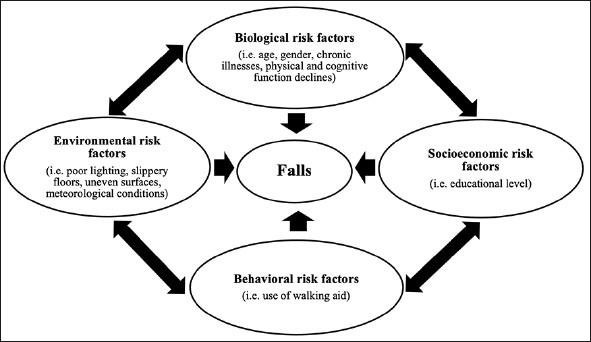A nurse is removing personal protective equipment (PPE) after giving direct care to a client who requires isolation. Which of the following PPE items should the nurse remove first?
Gloves
Face shield
Gown
Mask
The Correct Answer is A
A. Gloves should be removed first. This is because the gloves are the items most likely to be contaminated. To remove gloves, grasp the outside edge near the wrist and peel them off, turning them inside out as you go.
B. The gown should be removed next. The gown protects the nurse's clothing from contamination. Untie or unfasten the gown, and then carefully remove it, taking care to avoid touching the outside of the gown.
C. Face shields or goggles should be removed next if used. This helps protect the eyes and face. Handle the shield or goggles by the headband or earpieces and remove them without touching the front.
D. Mask should be removed last. The mask helps protect the respiratory system. Untie or unhook the mask from behind the ears or head and discard it.
Nursing Test Bank
Naxlex Comprehensive Predictor Exams
Related Questions
Correct Answer is ["A","D","E"]
Explanation
A. Keeping the client's bed in the lowest position helps minimize the potential fall distance if the client attempts to get out of bed.
B. Assessing the client every 4 hours is a good practice for general monitoring but may not be specific to fall prevention. More frequent assessments may be necessary for a client at high risk for falls.
C. Keeping the client's room dark at night can actually increase the risk of falls. It's important to ensure there is adequate lighting to help the client navigate safely.
D. Teaching the client to use the call light allows them to request assistance when needed, reducing the likelihood of attempting to move or get out of bed independently.
E. Placing a fall-risk identification band on the client's wrist helps alert all healthcare providers that the client is at risk for falls. This information is crucial for ensuring appropriate precautions are taken.

Correct Answer is ["B","C","E"]
Explanation
A. Obtaining the provider's signature within 8 hours is not applicable to telephone orders.
This action is typically relevant to written orders.
B. Question any part of the order that is unclear or inappropriate. This helps ensure that the nurse fully understands the prescription and can catch any potential errors or discrepancies.
C. Transcribe the order into the client's health record. This step is crucial for documentation and to ensure that all members of the healthcare team have access to the prescribed treatment.
D. Implement a recorded order message if the nurse can hear and understand it clearly.
This is important to have a clear and accurate record of the provider's prescription, especially if there is any ambiguity in the verbal communication.
E. Repeating the order back to the provider is an effective method to confirm accuracy. This read-back process helps to verify that the nurse has understood the prescription correctly, reducing the potential for errors.
Whether you are a student looking to ace your exams or a practicing nurse seeking to enhance your expertise , our nursing education contents will empower you with the confidence and competence to make a difference in the lives of patients and become a respected leader in the healthcare field.
Visit Naxlex, invest in your future and unlock endless possibilities with our unparalleled nursing education contents today
Report Wrong Answer on the Current Question
Do you disagree with the answer? If yes, what is your expected answer? Explain.
Kindly be descriptive with the issue you are facing.
